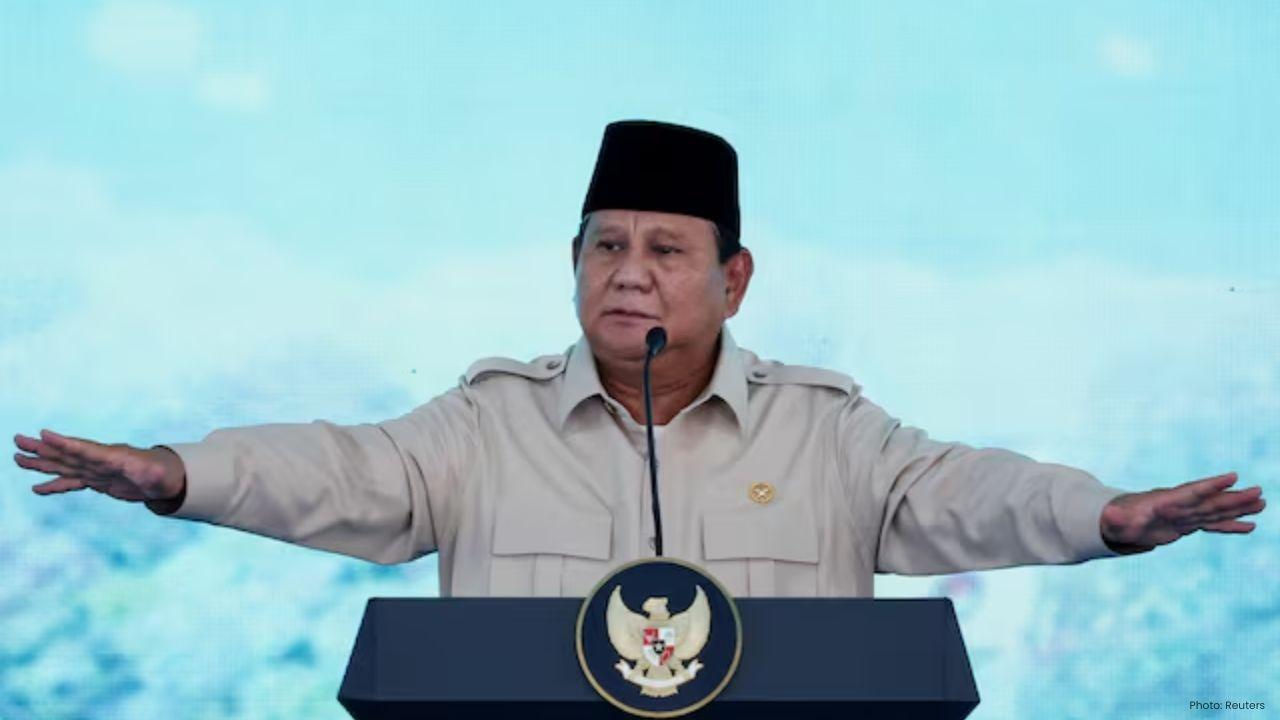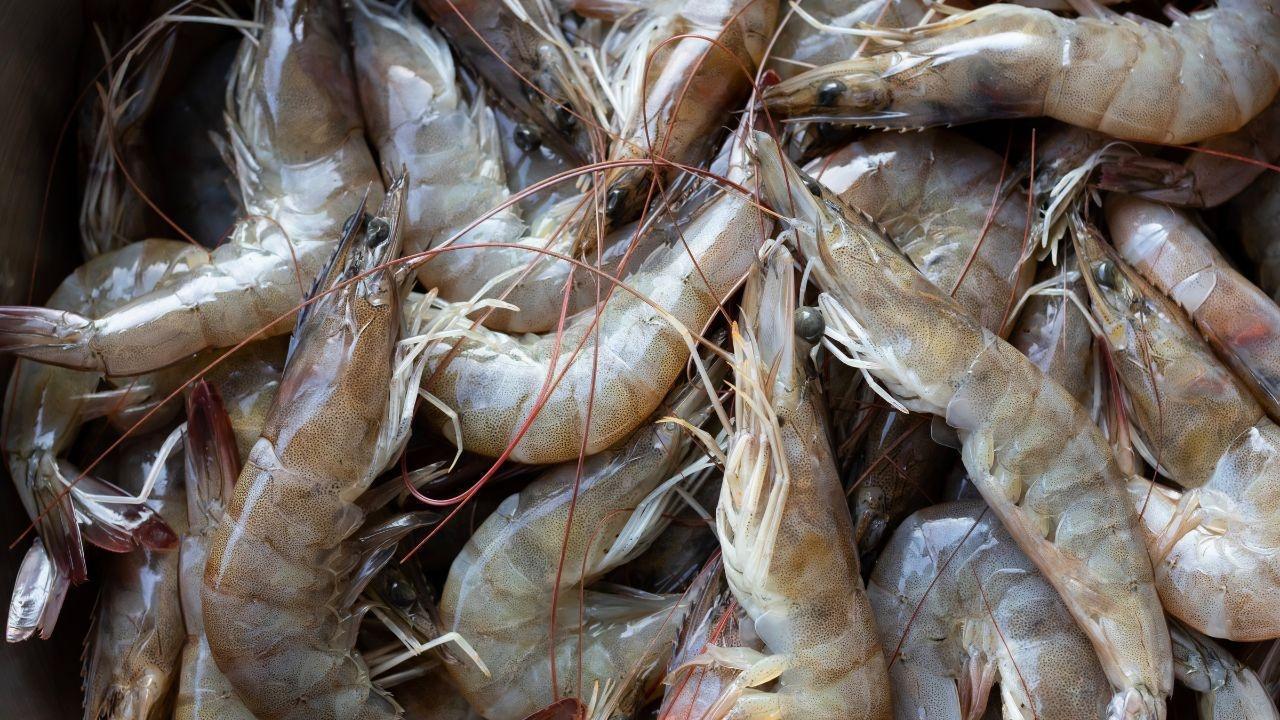
Join 10k+ people to get notified about new posts, news and tips.
Do not worry we don't spam!

Post by : Anis Farhan
The world economy in 2025 is entering a phase of heightened uncertainty, and at the heart of this turbulence lies the escalating rivalry between China and the United States. In recent months, Washington’s imposition of higher tariffs on Chinese exports has not only disrupted bilateral trade but also reverberated across global supply chains. Beijing, seeking to counter this pressure, has turned to its neighbors in Southeast Asia with a renewed urgency—calling for an upgrade of the China-ASEAN Free Trade Agreement (CAFTA).
For the Association of Southeast Asian Nations (ASEAN), the proposal could not come at a more critical time. Member states are struggling to balance economic opportunities with political autonomy, even as they recognize the benefits of deeper integration with the world’s second-largest economy. At stake is the future of trade in Asia, the region’s ability to withstand global shocks, and the delicate balancing act between the competing superpowers.
China’s motivation is rooted in the mounting pressure of US tariffs. Washington has increasingly targeted Chinese goods ranging from semiconductors to consumer electronics, aiming to reduce reliance on Beijing’s supply chains. For China, this presents a twofold problem: weakening export markets and the risk of losing its dominance in key sectors.
By upgrading its free-trade agreement with ASEAN, China hopes to secure a reliable market close to home. With over 680 million people and a combined GDP of more than $4 trillion, ASEAN presents not just a substitute market but a growth engine for Chinese exports and investments. Strengthening trade ties also ensures that Chinese companies remain central to regional supply chains despite Western decoupling efforts.
For ASEAN, China’s offer comes with both opportunities and risks. On one hand, an upgraded agreement promises greater market access, reduced tariffs, and expanded cooperation in areas like digital trade, green technology, and logistics. For economies like Vietnam, Malaysia, and Indonesia, deeper ties could attract new investments in manufacturing and infrastructure.
On the other hand, the bloc faces a dilemma: aligning too closely with Beijing risks alienating the United States, Japan, and Europe, all of whom remain crucial trading partners and investors. Smaller nations in ASEAN, particularly those with territorial disputes in the South China Sea, are also wary of China’s growing leverage. Thus, while economic gains are enticing, the political calculus remains complex.
The proposed upgrade of CAFTA is expected to go beyond tariff reductions. Negotiators are exploring:
Digital Trade Rules: Setting standards for cross-border e-commerce, data flows, and cybersecurity, which are increasingly vital to Southeast Asia’s digital economy.
Green Economy Cooperation: Supporting renewable energy projects, sustainable infrastructure, and low-carbon technologies.
Services and Investment: Liberalizing sectors such as finance, healthcare, and education to attract Chinese capital and expertise.
Supply Chain Integration: Enhancing connectivity in electronics, automotive, and consumer goods manufacturing.
These areas reflect not only China’s strengths but also ASEAN’s needs as the bloc seeks to modernize its economies and remain competitive.
The US role cannot be understated. Washington has restructured tariffs to protect domestic industries while simultaneously encouraging companies to diversify supply chains away from China. Southeast Asia has already emerged as a beneficiary of this “China+1” strategy, with firms relocating manufacturing to Vietnam, Thailand, and Malaysia.
China’s urgency stems from a desire to prevent these shifts from undermining its long-term economic role. By locking ASEAN into a stronger trade framework, Beijing hopes to counterbalance American influence and ensure that even if US markets close further, Chinese companies can thrive through regional demand.
ASEAN’s decision-making, however, is not straightforward. The bloc operates on consensus, and not all members view closer ties with China in the same light. Cambodia and Laos have historically leaned toward Beijing, while Vietnam and the Philippines maintain cautious stances given their maritime disputes.
Indonesia, as the largest ASEAN economy, plays a pivotal role. Jakarta sees value in expanding trade with China but also aspires to maintain ASEAN’s centrality by balancing ties with other powers. Singapore, meanwhile, emphasizes the need for rules-based trade that protects smaller economies from over-dependence. These divergent views make negotiations challenging but also highlight the importance of ASEAN unity in the face of external pressures.
Beyond geopolitics, the upgraded trade pact could reshape global supply chains. If ASEAN and China deepen integration, the region could emerge as the world’s manufacturing hub, with China supplying intermediate goods and ASEAN countries handling assembly and export. This model mirrors how East Asia developed in the late 20th century but would now operate on a much larger scale.
Such a shift would not only reduce costs but also insulate regional economies from disruptions caused by US tariffs. However, it also risks creating a China-centered supply chain that leaves ASEAN vulnerable to Beijing’s economic and political leverage.
Economic agreements rarely exist in isolation from security dynamics. Strengthened economic ties with China could influence ASEAN’s responses to South China Sea disputes, military cooperation, and broader geopolitical alignments. While some argue that deeper trade reduces conflict risks, others warn that economic dependency could undermine ASEAN’s ability to resist coercion.
For China, however, this is part of a broader strategy. By making itself indispensable to ASEAN economies, Beijing seeks to ensure that political disagreements do not escalate into hostile confrontations. The trade pact, therefore, is not only about economics but also about shaping the regional order.
Negotiations are expected to intensify in the coming months, with both sides eager to demonstrate progress before upcoming summits. The success of the talks will depend on ASEAN’s ability to reconcile internal differences and China’s willingness to offer concessions that reassure smaller states.
For businesses, the prospect of an upgraded pact is already sparking optimism. Logistics firms, e-commerce platforms, renewable energy developers, and manufacturing companies stand to benefit from smoother rules and expanded cooperation. Yet the real test will be whether this agreement can deliver sustainable benefits without undermining ASEAN’s autonomy.
At its core, China’s push to upgrade its trade pact with ASEAN reflects a larger truth: in today’s world, trade is not just about economics—it is a strategic tool. As the US and China battle for influence, Southeast Asia finds itself in the middle of a tug-of-war that will shape its economic and political future.
Gen Z activists may dominate the streets, and climate change may shape policies, but trade agreements remain the hidden arteries of global power. The outcome of this negotiation will not only determine who profits from shifting supply chains but also who holds sway in Asia’s evolving order.
In this contest, ASEAN’s choices will echo far beyond the region, influencing global trade flows, investment patterns, and the balance of power for years to come.
This article is an independent editorial analysis of China’s push to upgrade its trade pact with ASEAN. It is intended for informational purposes only and does not reflect the official stance of any government, institution, or organization.










Paramount+ to Stream PBR’s 'Unleash the Beast' in New Five-Year Deal
Paramount+ will stream PBR’s 'Unleash the Beast' across the U.S. starting this December under a five

Zohran Mamdani Clinches NYC Mayoral Seat as Victory Speech Blends Politics and Bollywood
Zohran Mamdani won New York City's mayoral race, becoming the city's first Muslim and South Asian ma

India Wins First Women’s World Cup 2025 Title
India lifts its maiden Women’s World Cup 2025 title! Harmanpreet Kaur’s team stuns South Africa in a

Manuel Frederick, 1972 Olympic Bronze Goalkeeper, Dies at 78
Manuel Frederick, a member of India’s 1972 Olympic bronze hockey team, has died in Bengaluru at 78 a

Muhammad Hamza Raja Wins IFBB Pro Card Puts Pakistan & UAE on Global Stage
Pakistani bodybuilder Muhammad Hamza Raja earns IFBB Pro Card in Czech Republic, showcasing Dubai’s

Shreyas Iyer’s Recovery Underway After Spleen Laceration in Sydney ODI
Shreyas Iyer is recovering after a spleen laceration sustained while taking a catch in the Sydney OD